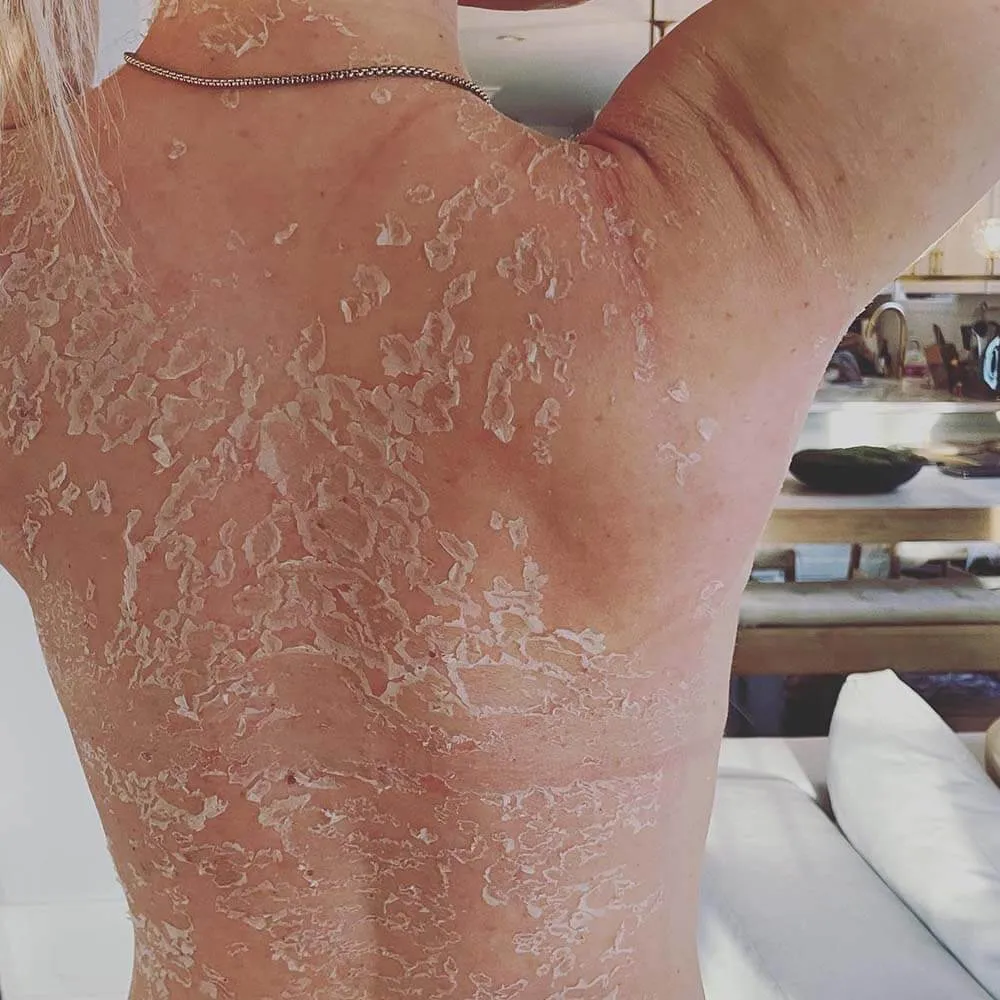When we think of chemical peels, we often associate them with facial treatments. However, the advantages of peels—especially glycolic acid peels—go far beyond facial skin. The body, like the face, is prone to various skin concerns, including dullness, rough texture, hyperpigmentation, body acne, and uneven skin tone. While body skin tends to be thicker than facial skin, it can still benefit significantly from the exfoliating and rejuvenating properties of glycolic acid. One option that has been gaining popularity is the Glycolic Acid Peel in Dubai, not only for the face but also as a targeted treatment for multiple body areas.
Why Use Glycolic Acid on the Body?
Glycolic acid is an alpha-hydroxy acid (AHA) with a small molecular structure that allows it to deeply penetrate the skin. This property makes it effective at breaking down the “glue” that holds dead skin cells together on the surface. When applied to the body, it can help improve several skin conditions:
Bacne and Chest Acne
The back and chest are common spots for acne breakouts due to oil buildup, sweat, and clogged pores. Glycolic acid exfoliates these areas, clears dead skin, and helps prevent future breakouts.
Hyperpigmentation and Dark Marks
Pigmentation on the body may result from acne, shaving, sun exposure, or skin irritation. Regular glycolic acid peels can help fade these dark patches over time, revealing clearer and more even skin.

Common Areas for Body Peels
Glycolic acid peels are not restricted to one area. They can be safely applied to various parts of the body, including:
-
Back (for acne and scarring)
-
Chest (for pigmentation and breakouts)
-
Arms and legs (for KP or dry patches)
-
Underarms and inner thighs (for darkened skin)
-
Hands and feet (for sun damage and rough texture)
How Is the Procedure Performed on the Body?
Although the technique is similar to facial peels, body peels often require slight adjustments due to thicker skin and a larger surface area.
The Process Typically Involves:
-
Cleansing the area to remove oils, sweat, or residue
-
Applying the glycolic acid solution with a brush or pad
-
Allowing it to sit for a few minutes (based on skin sensitivity and peel strength)
-
Neutralizing the acid and gently removing it
-
Applying a soothing, hydrating cream
Sessions may last longer than facial treatments, especially when covering larger areas like the back or legs.
What Concentration Is Used on the Body?
Body skin is more resilient than facial skin, so professionals often use a stronger concentration of glycolic acid—typically between 30% and 70%. However, starting with a lower concentration may still be advisable for first-timers, especially if there is a history of skin sensitivity or recent sun exposure.
Benefits of Glycolic Acid Peel on the Body
The exfoliating and renewing properties of glycolic acid provide multiple benefits:
Smoother Skin Texture
Whether dealing with dry skin or KP, glycolic acid helps create a silky, even surface by sloughing off buildup and dead skin.
Brighter and More Even Skin Tone
Pigmentation concerns from friction, scars, or sun exposure often affect areas like the underarms, thighs, and back. Glycolic acid promotes cellular turnover and reduces uneven tone.
Acne Management
Back and chest acne can be persistent. Glycolic acid clears clogged pores, reduces inflammation, and helps prevent breakouts.
Improves Product Absorption
Once the skin is exfoliated, moisturizers and body serums absorb better and become more effective in maintaining smooth, hydrated skin.
Is It Safe for All Skin Types?
Yes—with professional supervision. All skin types can generally benefit from glycolic acid peels, but those with darker skin tones should proceed cautiously due to the risk of post-inflammatory hyperpigmentation. That said, most skin specialists in Dubai tailor the peel strength and frequency based on individual needs to ensure safety and minimize any risks.
Precautions and Aftercare
After a body peel, the skin becomes more sensitive to external elements, particularly the sun. To ensure proper healing and prevent irritation or pigmentation:
-
Avoid sun exposure for at least a few days after treatment
-
Wear loose, breathable clothing to prevent friction
-
Apply a broad-spectrum sunscreen if the treated area will be exposed
-
Use gentle, non-fragranced moisturizers to hydrate and calm the skin
-
Avoid hot showers, saunas, or harsh scrubs for several days
Mild peeling, redness, or flaking is normal and usually resolves within a few days.

How Many Sessions Are Required?
Noticeable improvement may be seen after just one peel, especially in texture and brightness. However, for more persistent issues like body acne scars or deep pigmentation, a series of 3 to 6 sessions spaced 2–4 weeks apart is typically recommended. Consistency is key to achieving long-lasting results.
Conclusion
Glycolic acid peels are not just for the face—they can be a powerful solution for many body skin concerns, offering smoother, clearer, and brighter skin across a range of areas. Whether you’re targeting back acne, pigmentation, or rough texture, body peels offer a non-invasive way to refresh your skin. In the warm climate of the UAE, the Glycolic Acid Peel Dubai is becoming a trusted treatment for those seeking total-body rejuvenation under the guidance of experienced professionals.

